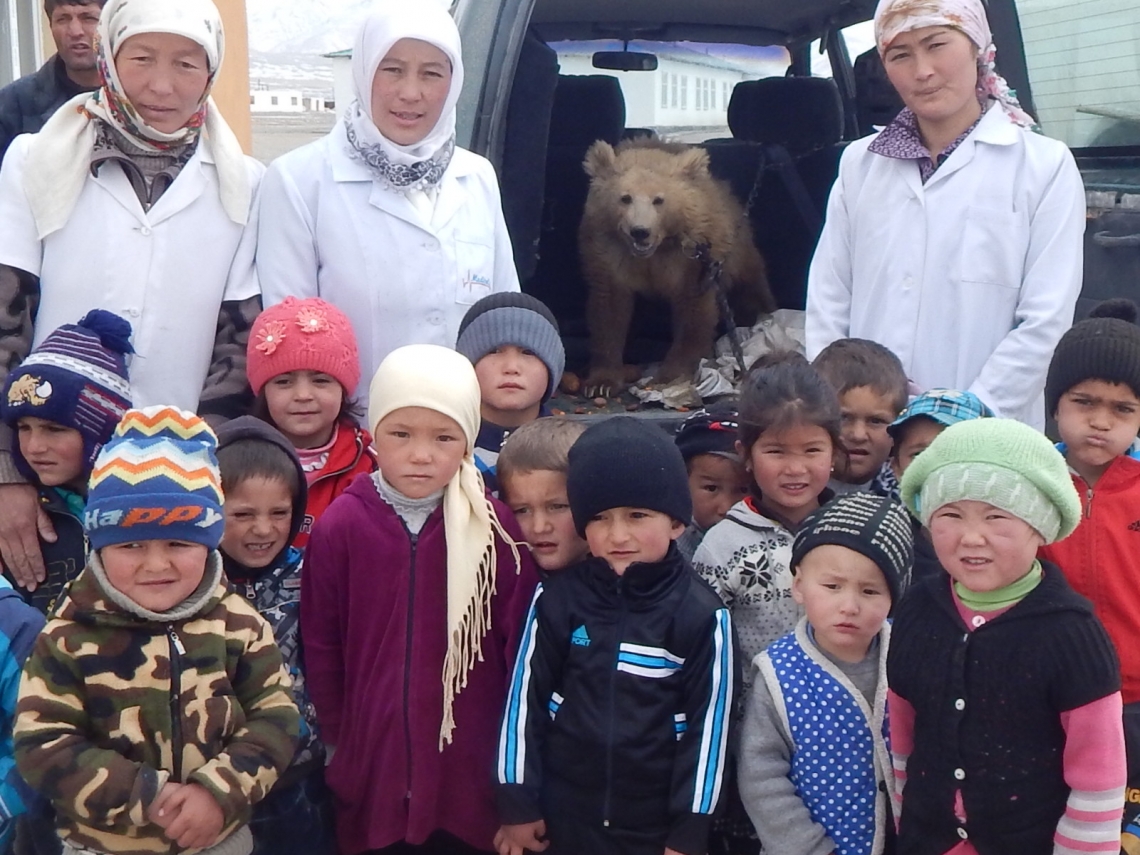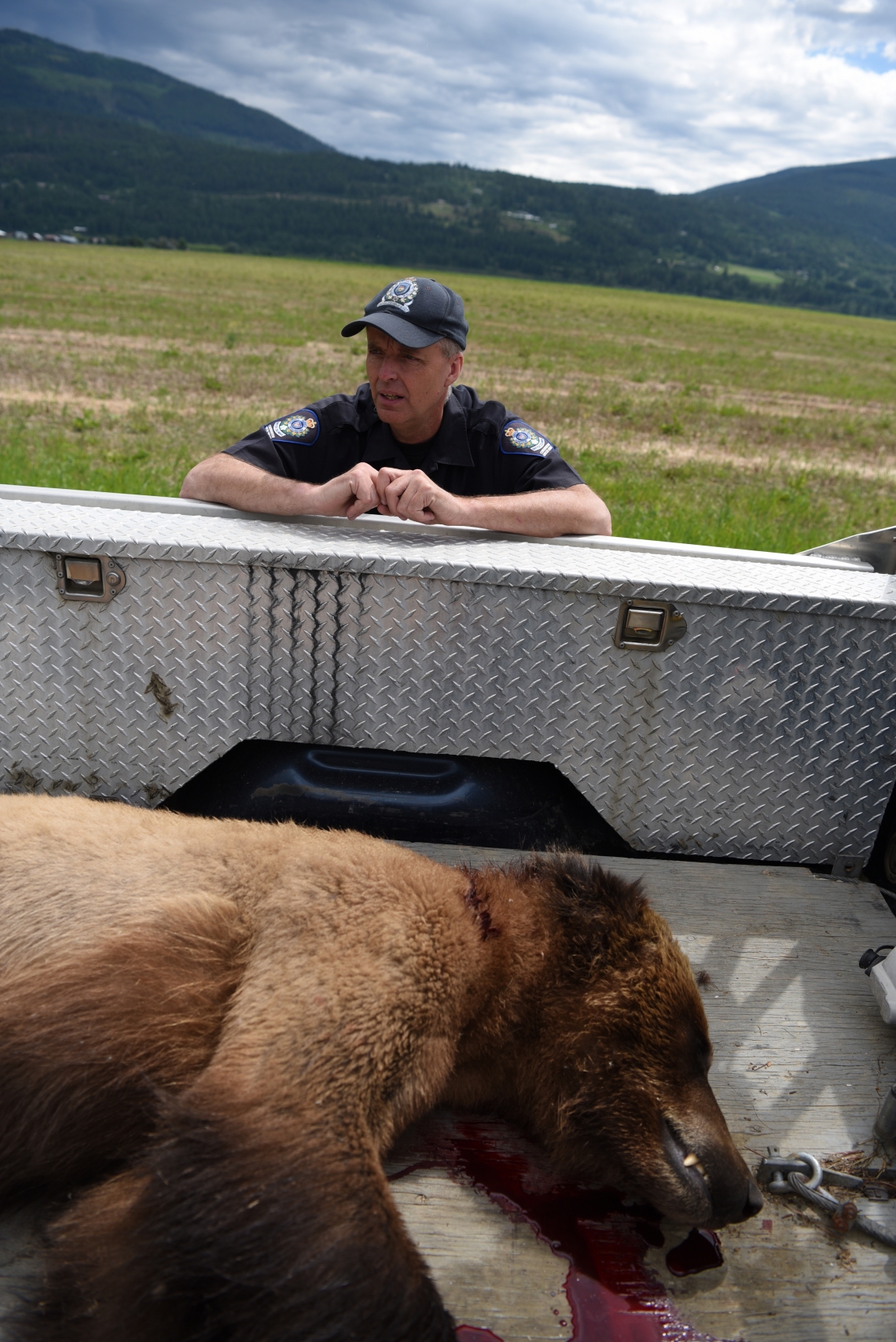Red List status: Least Concern –– Over their global distribution, numbers of brown bears are stable. This is because most of the world’s brown bears live in an expansive continental population stretching across Russia-Kazakhstan-northeastern China and another encompassing Alaska and western Canada. Aside from these large continuous areas, however, there are 44 other isolated populations, each of which was assessed using IUCN Red List criteria. Only 12 of these are not threatened. Among the populations in south and central Asia (from Turkey to the Tibetan Plateau and the Gobi desert, Mongolia), only 1 is not threatened, 4 are Vulnerable, 8 Endangered, and 5 Critically Endangered. Of 10 populations in Europe, 4 are not threatened, 2 Vulnerable, 1 Endangered, and 3 Critically Endangered. There are also 1 Vulnerable, 2 Endangered, and 3 Critically Endangered isolated populations in North America.
Click here for a list of brown bear populations and their status
Globally, brown bears have never been listed as threatened on the IUCN Red List. They have been Least Concern since 1996. Brown bear populations from four countries and one subspecies are CITES Appendix I: Bhutan, China, Mexico and Mongolia (note, brown bears have long been extirpated in Mexico and probably extirpated in Bhutan), and all U. arctos isabellinus, which ranges from northern India, Pakistan, and Afghanistan, through Central Asia to Kazakhstan and the Gobi desert. All other brown bear populations were listed in CITES Appendix II in 1992.
Click here to see IUCN Red List account of this species

Threats: Although most brown bears live in large, stable populations with relatively few threats, other populations are threatened simply due to their small size: small populations are vulnerable to excessive human-caused mortality and chance events that could cause extirpation. Populations can become small through isolation, which may occur through fragmentation of habitat by expansion of human settlements or major highways. Direct mortality from humans is also a threat in some areas. Much of this appears related to human–bear conflicts, where people either retaliate for damage done to their property, or kill bears in an attempt to avoid such damage. Bears are also killed crossing roads or railroad tracks. In small isolated populations, often surrounded by denser human populations, human-caused mortality tends to be greatest on the perimeter. In some populations in Asia, brown bear cubs are captured as pets. Previously, some brown bear cubs were captured to stock bear bile farms; it was never legal to use wild bears, and it is no longer legal to use brown bears at all on bear farms.
Climatic effects on salmon abundance and other food sources may prove to be a significant issue for some brown bear populations in the near future.

Brown bear_U arctos_Tajikistan_Brown bear cub bound for captivity or for medicinal purposes_K Karimov

Brown bear_U arctos_Hokkaido Japan_corn damage_Hifumi Tsuruga

Brown bear_U arctos_British Columbia Canada_bear shot and killed by landowner defending livestock_M Proctor

Brown bear_U arctos_Southern British Columbia Canada_fragmented habitat from major highway and settlement_B McLellan